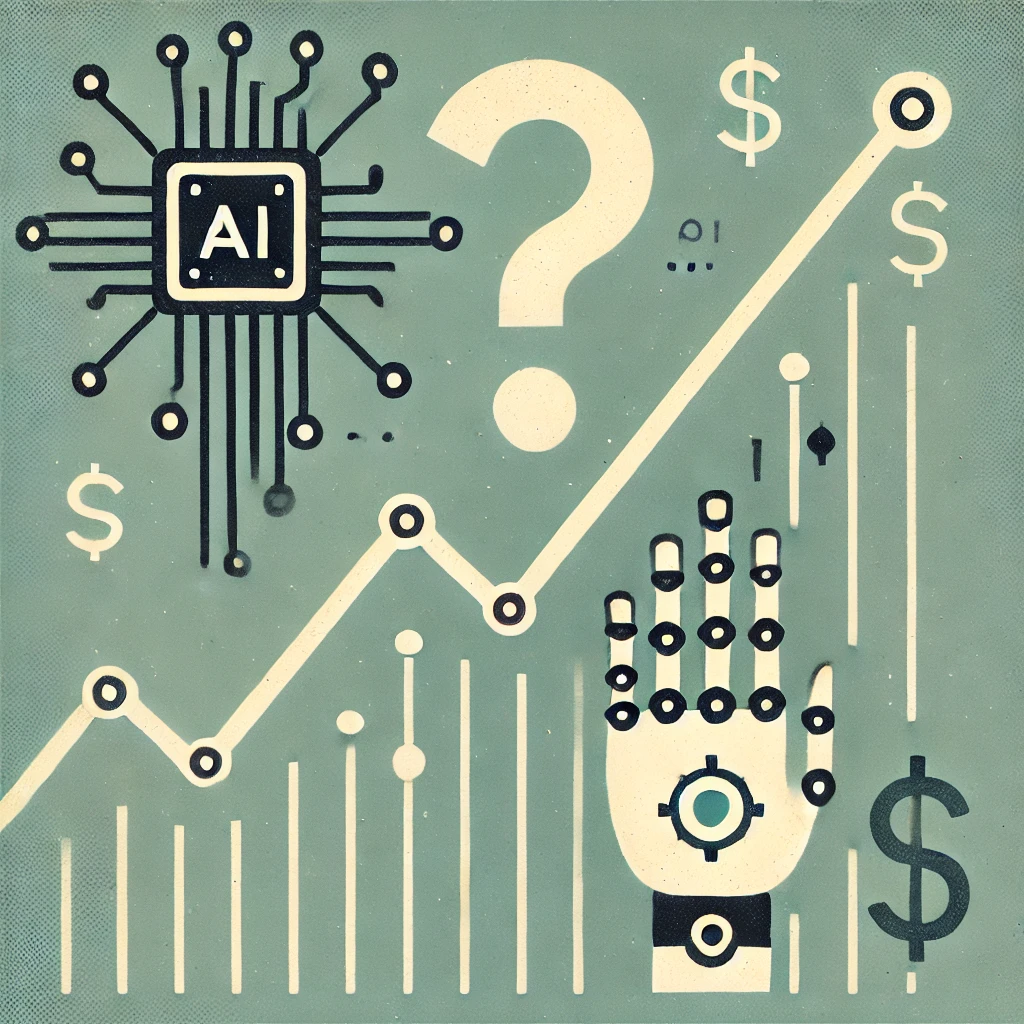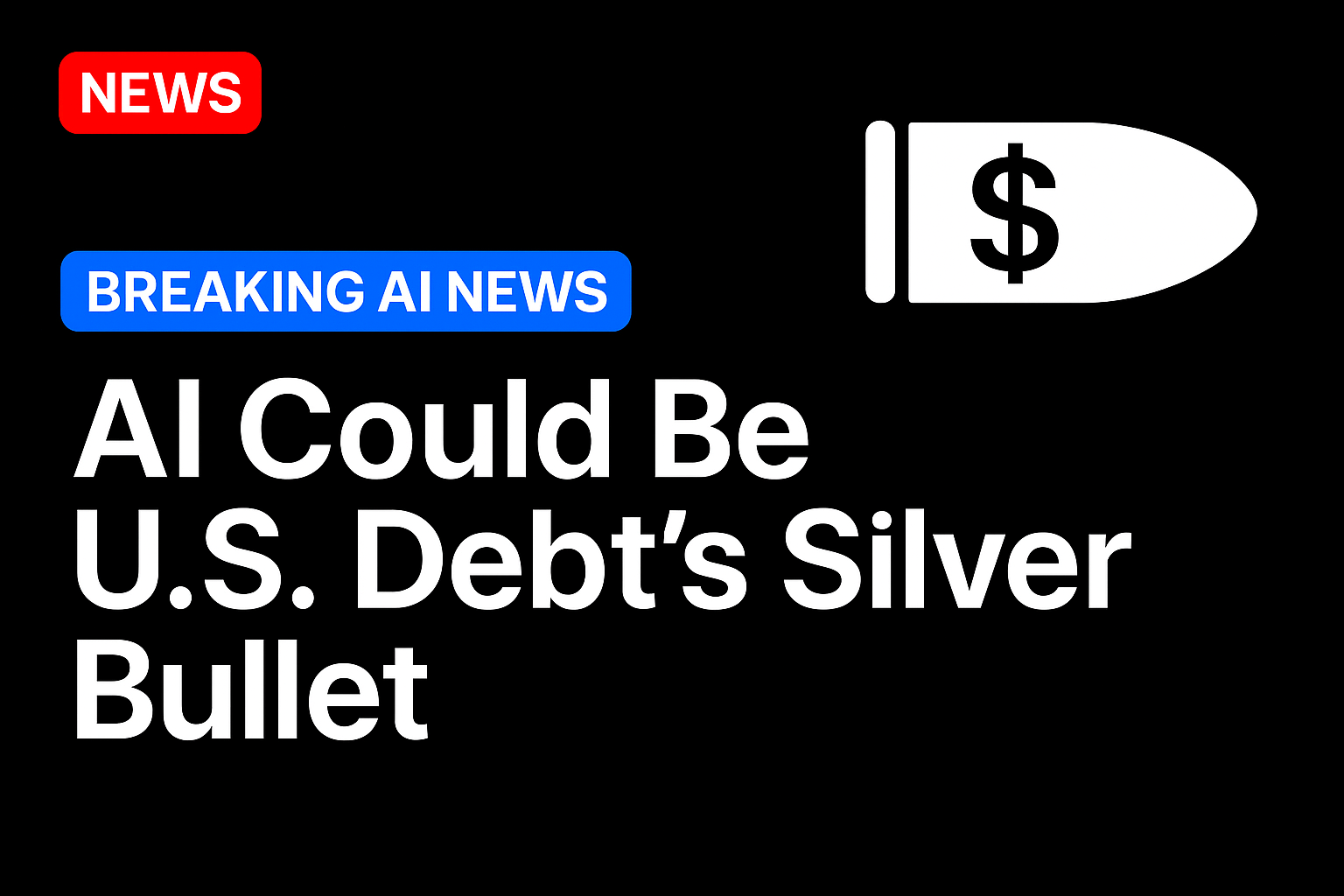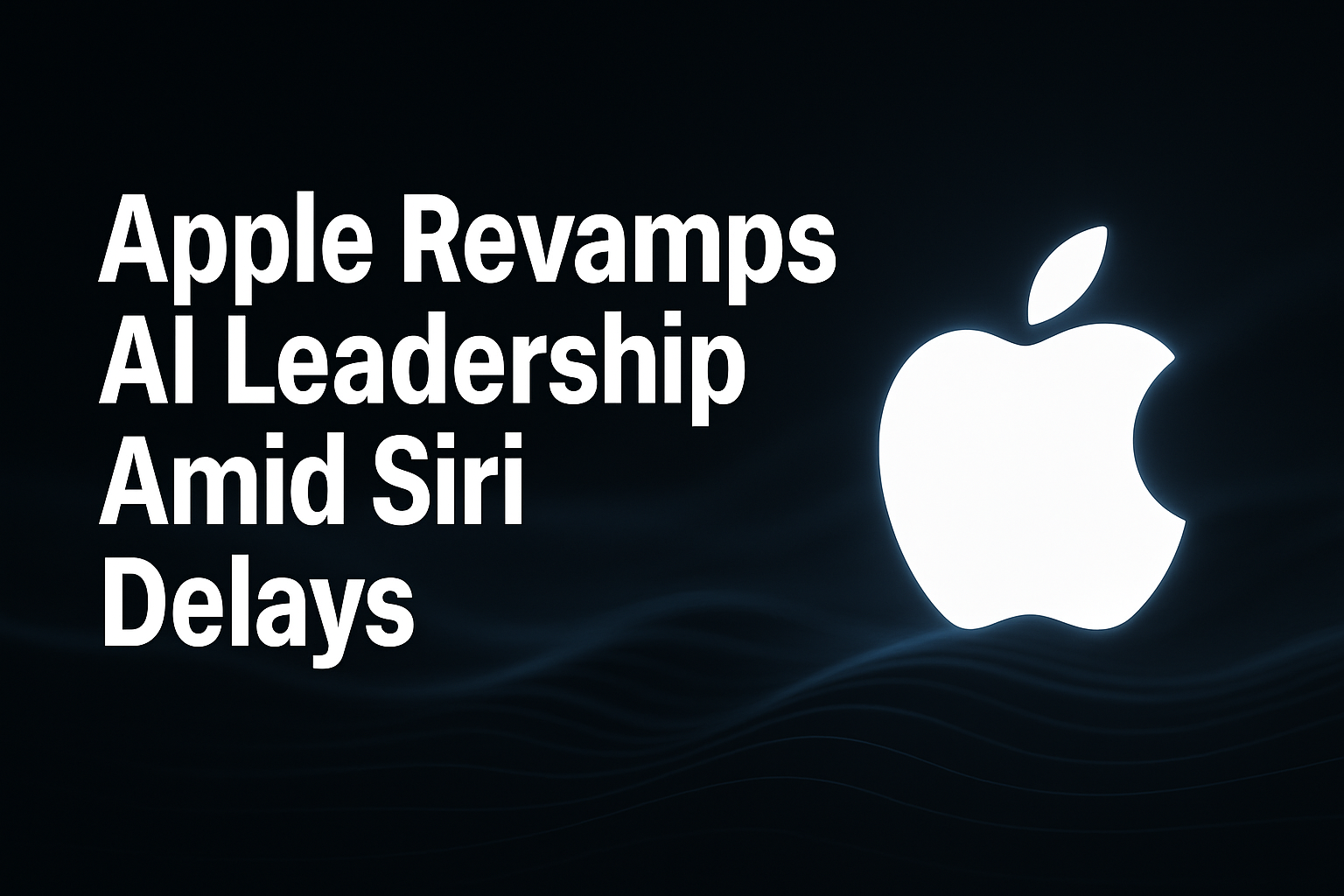As excitement around artificial intelligence (AI) hits fever pitch, with massive investments pouring into AI startups and tech giants alike, one prominent Wall Street analyst is sounding the alarm. Could AI fail to deliver on its lofty promises? Some investors are beginning to wonder, as questions about the long-term viability of AI hype grow louder.
A Wall Street Skeptic Speaks Out
David McAllister, a well-known financial analyst with over two decades of experience in tech investment, has made waves with his latest report, titled The AI Bubble: A Cautionary Tale. In the report, McAllister argues that AI, while revolutionary in theory, may not yield the returns investors are banking on. He draws comparisons to past technological booms, warning that we could be heading for another “dot-com bust” if expectations aren’t tempered.
“The market is putting too much faith in AI as an all-encompassing solution,” McAllister explained in an interview. “The technology is promising, but we’re seeing a pattern of overvaluation. Investors need to look beyond the flashy potential and focus on the actual, measurable value AI is delivering right now.”
AI’s Rapid Rise on Wall Street
AI is viewed by many as the next technological frontier, and Wall Street has eagerly embraced this vision. From machine learning to generative AI, the technology promises to revolutionize industries from healthcare to finance. Major firms like Microsoft, Nvidia, and Google have made headlines for their billion-dollar AI investments, while startups focusing on AI tools and solutions have seen skyrocketing valuations.
In 2023 alone, venture capital investments in AI surpassed $150 billion, and AI-focused stocks have enjoyed a meteoric rise. The S&P 500’s tech-heavy index has become a battleground for AI dominance, and some analysts predict that AI could unlock trillions of dollars in new economic growth by the end of the decade.
But McAllister warns that this optimism may be premature.
Hype vs. Reality
At the core of McAllister’s skepticism is the gap between AI’s potential and its current impact. While AI applications like ChatGPT, autonomous vehicles, and predictive analytics have generated excitement, their practical value—measured in profitability and efficiency gains—has been slower to materialize. He points to several AI initiatives that have faced major hurdles, such as driverless car projects that have yet to overcome safety challenges or AI in healthcare that remains entangled in regulatory red tape.
“Investors are betting on AI as if it’s a sure thing, but we’re still in the early innings,” McAllister noted. “Just because a technology has the potential to transform industries doesn’t mean it will do so on a timeline that justifies these enormous valuations.”
McAllister also highlights the complexity of AI adoption. While companies are rushing to integrate AI into their products and services, many are finding it difficult to scale AI effectively or make it cost-effective. “AI isn’t plug-and-play,” he said. “It requires deep technical expertise, data infrastructure, and a willingness to overhaul traditional business processes. Many companies are not ready for that.”
Signs of an AI Bubble?
McAllister’s report suggests that some of the signs of a bubble are already present in the AI sector. Companies with little or no experience in AI are branding themselves as “AI-powered” to attract investor attention. Startups with no revenue or clear business models are receiving sky-high valuations, reminiscent of the dot-com era when internet companies with little more than a website were able to secure millions in funding.
“AI right now is seen as a must-have. It’s this gold rush mentality where investors are willing to throw money at anything AI-related without scrutinizing the underlying fundamentals,” McAllister said.
The report also points to recent earnings misses from high-profile AI companies as a warning sign. Some AI-driven stocks have seen volatile performance, with prices soaring on announcements of AI advancements but falling sharply when quarterly results failed to meet expectations.
Long-Term Outlook: Hope or Caution?
Despite his skepticism, McAllister is not entirely bearish on AI. He acknowledges that AI will likely transform many aspects of business and society over time, but he urges caution regarding how quickly and smoothly these transformations will happen. “The tech sector has a habit of over-promising and under-delivering, especially when it comes to cutting-edge technologies,” he said.
He advises investors to be cautious in how much of their portfolios are tied to AI-driven companies. “I’m not saying AI is a bad investment,” McAllister clarified. “I’m saying it’s an uncertain one. We need to see more real-world success stories before we can assume AI is going to meet the astronomical expectations currently priced into the market.”
Other analysts, however, disagree with McAllister’s cautious stance. They point out that while AI adoption may take time, the transformative power of AI is inevitable. They argue that the short-term volatility seen in AI stocks is typical of emerging technologies and that investors who remain patient will be rewarded.
Conclusion: A Word of Caution
As AI continues to captivate Wall Street and tech investors, McAllister’s warnings offer a sobering reminder that not every technology lives up to its hype. His advice? Temper expectations and be vigilant about where AI investments are heading. While AI is likely here to stay, the timeline for its widespread impact—and the profitability that comes with it—may not be as immediate as many are hoping.
In the meantime, Wall Street will be watching closely to see whether AI continues its meteoric rise—or if it becomes the next overhyped technology to falter under the weight of its own promises.





